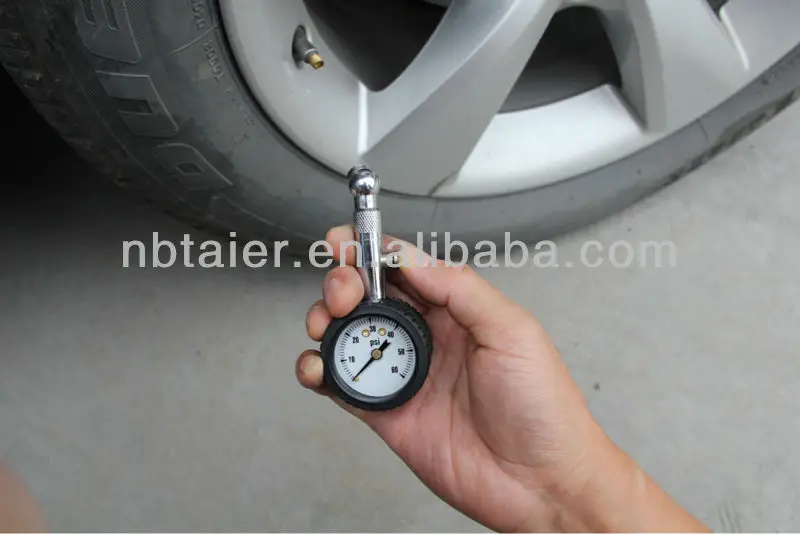You may have heard somewhere that over-inflating your vehicle’s tires can increase your gas mileage, but is that a fact or a myth? As with just about anything that can fall into either category, detractors on both sides will often contest the validity of the opposing point of view. While some people swear it works, others will label it as nothing more than bunk.
However, you first have to realize that your tires’ manufacturer has set a maximum psi to insure your safety on the road and the longevity of their tires. Playing with what the manufacturer recommends can be tricky – if not risky.
The door placard on your vehicle indicates the recommended psi in all four tires for optimum performance. Meanwhile, the sidewall shows the maximum pressure for the tires that should not be exceeded. Should you have a wreck and your car insurance company determines the accident was caused by surpassing the maximum pressure, you could have difficulty collecting on your claim.
Not recommended by tire manufacturers
According to Mark Cherveny, manager of global regulations, standards and compliance for Goodyear Tire & Rubber Company, “You can increase fuel economy by increasing air pressure, but the improvement would be marginal at best and Goodyear definitely does not recommend doing it.”
Individuals who insist on pursuing their strong belief that over-inflating their tires works for them forget or prefer to ignore the fact that car and tire manufacturers work side by side to develop tire pressures that are optimal for each type and size of vehicle.
These tire recommendations are the result of extensive test data. “What you end up with,” says Cherveny, “is a tire/vehicle combination that maximizes a number of tire-performance characteristics, such as ride, comfort, handling and tread wear.” Furthermore, according to Cherveny, “If you change the inflation pressure, you affect those attributes because you change the ‘footprint shape’ of the tire.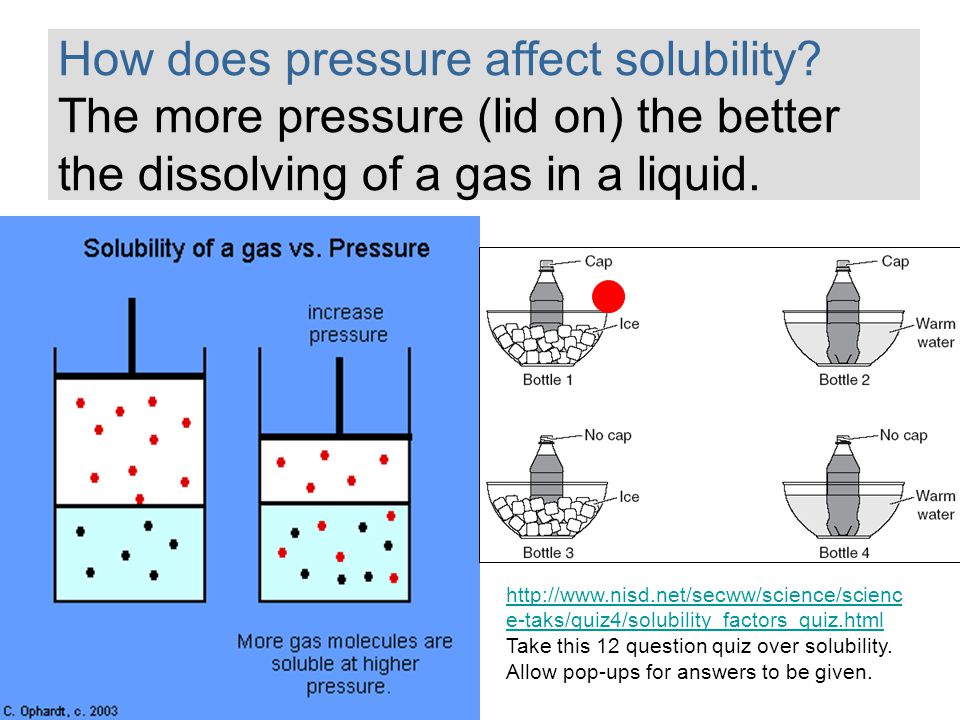 ”
”
In other words, when you over-inflate your tires, they bulge in the center of the tread, creating a much smaller, skinnier contact point with the asphalt. But, while this can translate into less rolling resistance and increased mileage, it can also lead to an increase in tire wear and risk of impact damage should you hit a curb or pothole.
Additionally, it can affect the overall ride of your vehicle, making it hard and potentially teeth-rattling with every bump, not to mention greatly decreasing your cornering ability and traction on wet pavement – all safety risks. With that in mind, an accident from loss of control will greatly affect your auto insurance rates.
Under-inflated tires
One fact worth noting comes directly from the U.S. Department of Energy, which has proven that under-inflated tires have a negative effect on your fuel economy. The department states that for every 1-psi drop in pressure, you can expect your gas mileage to lower by 0. 4 percent. And, that is not a myth.
4 percent. And, that is not a myth.
Also, because tires can lose about one to two psi per month through natural air loss from regular driving, you should check your tires’ pressure at least every month. In colder weather you can expect to lose one to two psi for every 10-degree drop in temperature.
In warm or cold weather, to get an accurate tire pressure reading, your vehicle has to have been parked for three hours or so. If you just pulled into a gas station to fill up, the rule of thumb is to subtract two or three psi from the reading due to the tires being warm.
Need more proof?
Popular Mechanics conducted their own tire inflation test using a Honda Fit. Raising the pressure from the recommended 32 psi to 45 psi on an 800-mile road trip from Los Angeles to Phoenix and back again with the pressure reset at the normal level – the recorded mpg was virtually the same.
So, next time your buddy or neighbor suggests he’s getting an extra two miles per gallon, you may also want to consider this – how much sooner will his tires wear out than yours? At the price of new tires these days, you’re comparing a few cents to big bucks. And, that’s a fact.
And, that’s a fact.
Properly inflated tires can help you get better mileage and prevent blowouts, but you still will need collision protection. You can get great protection and auto insurance coverage options through Freeway Insurance. Get a FREE car insurance quote online or give us a call to save big on great coverage.
Type of Insurance Product or Service Auto InsuranceClassic Car InsuranceLife InsuranceHealth InsuranceDental InsuranceTelemedicinePet InsuranceHomeowners InsuranceBusiness InsuranceRenters InsuranceMotorcycle InsuranceCommercial VehicleLandlord InsuranceTravel Club - AD&DMotorhome InsuranceMobile Home InsuranceRoadside AssistanceWindshield Repair PlanHospital IndemnityIdentity Theft ProtectionRideshare Insurance
Zip Code
When shopping for a car, the phrase “fuel economy” will come up a lot. Fuel economy is the rate you burn gasoline to make your car run. Using less fuel is always your goal, as you'll spend less and keep your carbon footprint lower. Whether you’re a commuter, business owner, or fleet manager, fuel economy deserves your attention.
Fuel economy is the rate you burn gasoline to make your car run. Using less fuel is always your goal, as you'll spend less and keep your carbon footprint lower. Whether you’re a commuter, business owner, or fleet manager, fuel economy deserves your attention.
Fortunately, you don't have to buy a new car to improve your fuel economy. Maintaining your tires with the correct air pressure can also make a difference. Here's what you need to know.
Fuel economy often depends on reducing resistance so your car can move more easily. If your tires aren't inflated to the proper tire pressure, they are saggy and soft. The softer your tires are, the more rolling resistance there is between the road and the rubber, and the harder your engine will have to work to move your car. When your engine works harder, you burn more fuel — and spend more money to get where you're going.
According to the U.S. Department of Energy, keeping your car tires at the recommended pressure can improve your gas mileage by up to 3%. In a season where gas prices hit $4.00 per gallon, that results in a savings of $2.40 every time you fill up a 20-gallon tank. If you fuel up once per week, that's an annual savings of almost $125.
In a season where gas prices hit $4.00 per gallon, that results in a savings of $2.40 every time you fill up a 20-gallon tank. If you fuel up once per week, that's an annual savings of almost $125.
It's also worth noting that underinflated tires are also a safety issue. They can lead to longer stopping distances, poor handling, and dangerous blowouts on the road.
First, you'll want to keep your tires properly inflated. This is a Goldilocks situation: you don't want too much air or too little, but just the right amount. Information on recommended tire pressure can be found on a sticker in the driver’s side door jamb or in your owner's manual.
Once you know the correct pressure, use a tire gauge to measure your tires' PSI. If the number is incorrect, add or release air as needed to get the to the correct pressure. Most gas stations offer free air for tire inflation if you don't have a pump of your own.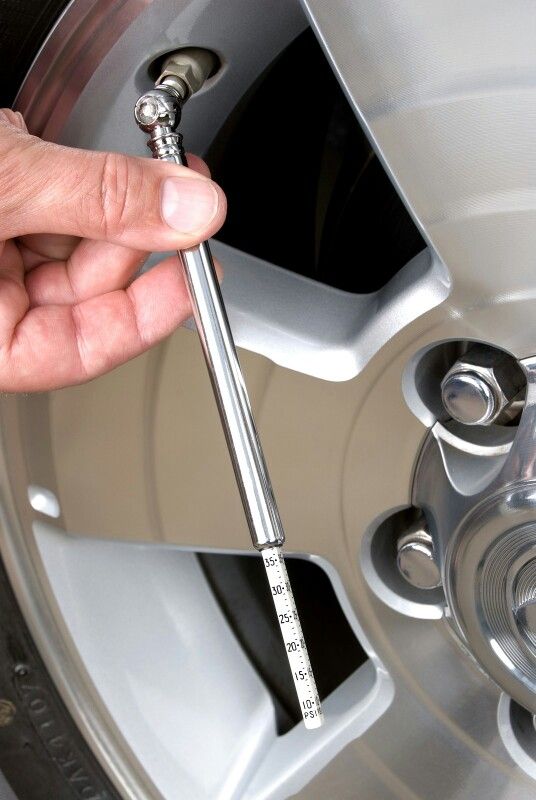
Rotating your tires is another way to keep your money in your wallet. Rotating tires approximately twice a year, or as often as specified in your car’s manual, will help spread tread evenly among all four wheels. This helps your tires last longer and, more importantly, ensures higher-quality rides and better car safety. Buying tires from places that offer free lifetime rotations can help make the rotation process inexpensive and hassle-free.
Wheel alignment consists of adjusting the angles of the wheels so that they are set to the car maker’s specifications. The purpose of these adjustments is to reduce tire wear and to ensure that vehicle travel is straight and true, without “pulling” to one side.
Improper wheel alignment can affect driving performance and put pressure on one tire, causing uneven and potentially dangerous wear. When your alignment is correct, it decreases rolling resistance, which increases your gas mileage.
Finally, remember that no tire lasts forever. When the treads wear down, you'll lose fuel economy as well as traction, which can lead to skids and poor braking. To know when to replace your tires, insert a penny between treads. If your tires don't reach the top of Lincoln's head, you need new ones.
Did you know that driver's ed courses are about more than just traffic laws? You can also learn important information about safety and basic car maintenance facts to make sure you're ready to hit the road with everything you need. Check out your online course options at DriversEd.com today.
In the US, vehicle manufacturers are required to produce cars with a certain average fuel consumption.
So, for example, according to CAFE (Corporate Average Fuel Economy), for 2009 the following norms per 1 gallon were determined (US gallon for gasoline or oil is 3.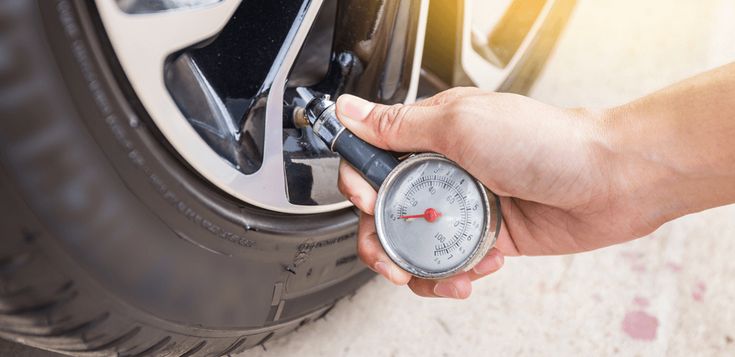 785 liters):
785 liters):
If a new car consumes too much fuel, the manufacturer can be heavily fined. However, consumption depends not only on the design of the vehicle. There are many objective reasons, which, however, affect trucks more than cars. These include body workload, vehicle aerodynamics, driving style, front wheel alignment, and tire condition.
Tire condition seriously affects the fuel consumption of a car. If they are under-inflated, the wheels resist rolling, which increases fuel consumption. In addition, the tread will wear more at the edges. Kenworth employees have determined that it is enough to reduce this resistance by only 3% to get 1% savings in fuel consumption of a car.
If the tires are overinflated, there will be increased tread wear in its middle part. The contact patch of rubber with asphalt will decrease, and hence the stability of the car when cornering.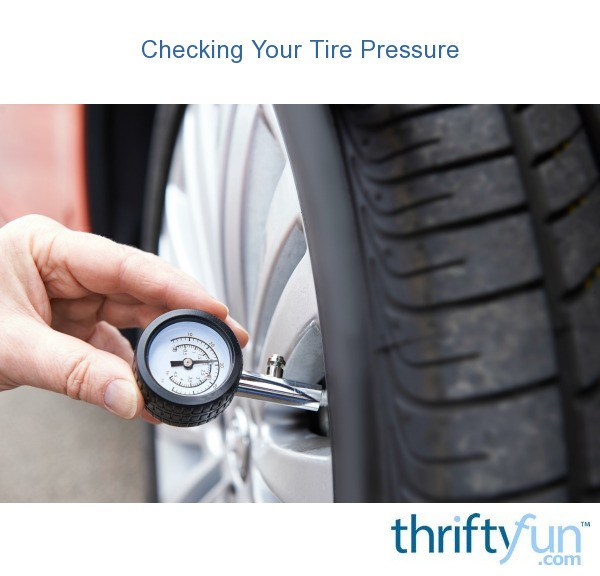 The wheel will become more rigid and will not be able to perform one of its main functions - shock absorption. Because of this, the suspension will fail prematurely. Not to mention the discomfort while driving.
The wheel will become more rigid and will not be able to perform one of its main functions - shock absorption. Because of this, the suspension will fail prematurely. Not to mention the discomfort while driving.
Based on all of the above, tire pressure control is very important and should never be neglected. Therefore, one of the American industrial standards has become precisely the Tire Pressure Monitoring System - systems that monitor tire pressure indicators. For buses, trucks and cars, they are mandatory.
These systems may be of direct or indirect control. In the first case, everything is simple. A sensor is mounted inside the chamber, which measures the pressure and gives a signal if it falls below the limit level. In the second, using a special sensor on the ABS (anti-lock braking system), the angular speed of rotation of the wheel is analyzed - and compared with other wheels.
If the speed differs by one mile, a fault signal is sent to the on-board computer.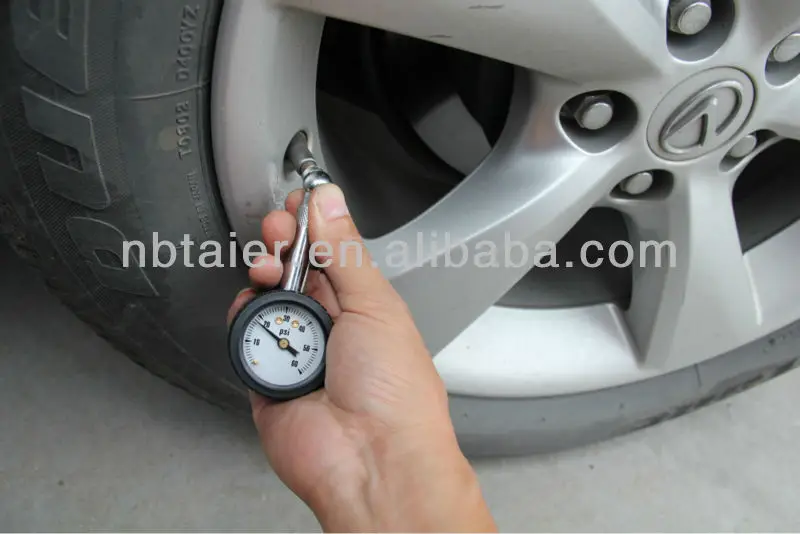 This option, however, has a significant drawback. If all four wheels are equally flat, the computer will not notice this and the driver will not receive warning information.
This option, however, has a significant drawback. If all four wheels are equally flat, the computer will not notice this and the driver will not receive warning information.
The next natural step, after recording the low tire data, is to restore normal parameters. That is, swap. Leading manufacturers have already developed systems that can do this automatically. Among them are TIREMAXX from Hendrickson, designed for trucks and semi-trailers. ATIS (Meritor) takes compressed air from the pneumatic system of the semi-trailer to inflate tires while driving.
There is also an option to prevent air leakage and tire temperature increase. And in the VIS-Nitro system, tires are generally filled with nitrogen. According to the company's employees, this gas is more efficient than air. It holds pressure better, is less thermally conductive, and reduces rim corrosion, resulting in a longer wheel life.
Regular monitoring of tire pressure is not only about saving fuel and uniform wear of the tread, but also about driving safety.
It is enough to pump them over - and any turn may be the last.
Search for "fuel consumption vs tire pressure" in the information materials and forum
Many motorists in the current environment of high fuel costs are doing everything possible to reduce the consumption of an expensive resource of energy. Many of the tips that are available in free sources of information do not work, but only force drivers to impose certain restrictions on their trip.
One of the most effective ways to keep more fuel in the tank is to keep your tires at the correct pressure. Each car has its own ideal indicators. They can be found in the instructions or read the comments of experienced drivers on various forums. Consider how tire pressure can affect fuel consumption.
To begin with, even the type of rubber can affect consumption figures.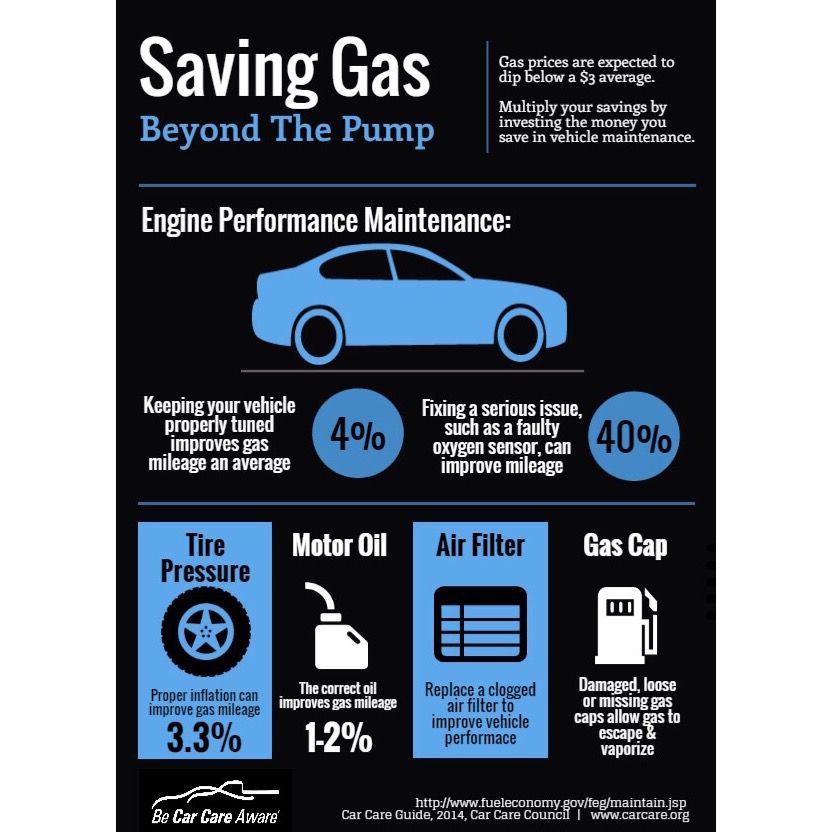 The main criterion for the operation of an automobile wheel is rolling, that is, free running. The more the car can coast, the less resistance is created when driving. Of course, this affects consumption and engine wear. The power unit delivers an order of magnitude less work to accelerate a car with a large free wheeling.
The main criterion for the operation of an automobile wheel is rolling, that is, free running. The more the car can coast, the less resistance is created when driving. Of course, this affects consumption and engine wear. The power unit delivers an order of magnitude less work to accelerate a car with a large free wheeling.
Many motorists have noticed that the use of good tires in winter not only increases driving comfort and safety, but also affects consumption rates. So, the main features of the relationship between fuel consumption and tire pressure are as follows:
As you can see, all the advantages of correctly inflated wheels are associated with less resistance. All of these features mean better rolling and less braking.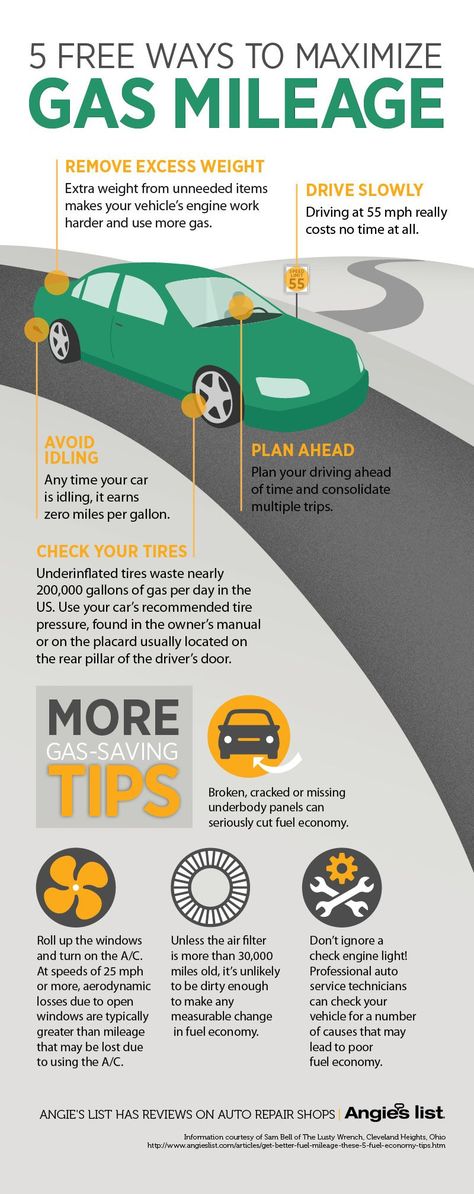 It is easy to understand that such indicators really affect the fuel consumption of your car.
It is easy to understand that such indicators really affect the fuel consumption of your car.
We have already established that properly inflated tires can save you a certain amount of fuel. It remains only to determine how much of a valuable energy resource can be left in the tank, providing optimal pressure.
Many studies in this aspect allow us to assume average savings and determine the main criteria that affect the change in machine overrun. The basic information on efficiency is as follows:
As you can see, the indicators are progressing. The exact amount of gasoline saved can be calculated taking into account many other factors.